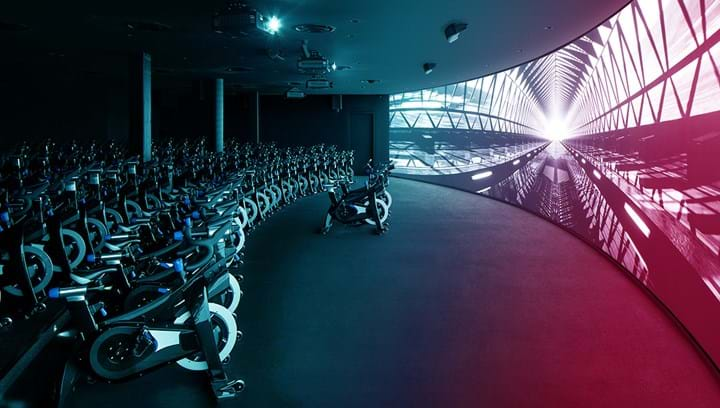
“Architecture is really about wellbeing, people want to feel good in a space,” legendary architect Zaha Hadid once said.
Nowhere is that truer than in a health club – and the numbers bear this out. Nearly a third (30%) of club prospects say “a good atmosphere” is a key factor in deciding which gym to join, rising to 37% among Gen Z prospects. And of course, great design is equally important for keeping current club members engaged.
“People regularly rate appearance and atmosphere among the most critical factors determining their decision when choosing a club, and yet as an industry, we have a dangerous tendency to prioritize equipment over environment,” says Phillip Mills, Les Mills Managing Director. “If we want our industry to stay relevant, we must give them something worth leaving home for.”
Today’s consumer has more workout options than ever before, so providing compelling fitness experiences that give great results is essential to keeping members coming back for more. And if the success of boutiques has taught us anything, it’s that consumers still see value in exercise and are willing to pay up to US$30 per class for a truly great experience in a stylish setting.
Indeed, McKinsey’s 2024 Future of Wellness survey finds that in-person fitness classes and personal training are the top two areas where consumers expected to spend more on fitness in the coming year, highlighting demand for in-person experiences that drive motivation and accountability.
Group training is the most experiential and motivating activity a club can offer. So what does it take to create an awe-inspiring space that members can’t wait to sweat in? Based on research and expert advice, here are 8 key insights for how studio design can drive your club’s success.
Draw inspiration from other sectors
“Very few great ideas simply appear out of thin air,” says fitness design legend Rudy Fabiano. “Most are inspired by our experiences, so it’s vital to always keep your eyes open for design ideas.
“Theatre is always a great source of inspiration, as are cultural events, and the trendy boutique clubs have harnessed these particularly well. Think of a nightclub or a concert where people are inspired to get up and dance. That’s a beautiful thing, a spontaneous eruption of movement and joy.
“I look at that and I think, ‘there is something gyms can learn here’. Group workouts aren’t just a class, they’re a performance, so the studio has to support that performance and elevate it through design and the way it makes members feel."
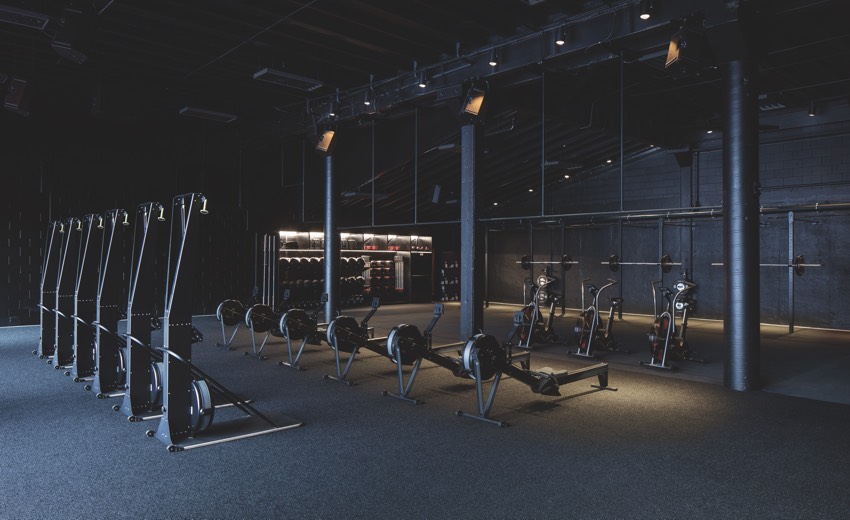
Choreograph the experience, not just the class
The group workout studio can set the tone for your overall member experience and how people feel when they think of your club. Whether it’s the calm zen of the yoga studio, or the stimulating environment of the HIIT zone, the ambience of the room sets the tone for the workout and motivates people to keep coming back.
When you begin mapping the design of your studio, consider how you’re choreographing someone’s experience. How do you want people to feel when they enter the studio? How about during the workout? And what about when they leave?
The member experience starts when they enter your facility and continues through every aspect of the club. You can influence your member’s emotional response to their experience by paying careful attention to what they see, hear and feel in each area of the club.
Scale up to supercharge your studio
“When it comes to designing a great fitness studio, you need to ensure you have enough space for everybody,” adds Fabiano. “Too often, clubs undersize their studios. Having more people in a group fitness studio is a good thing – it’s smart from an economics perspective (see graphic below) and it builds a buzz.
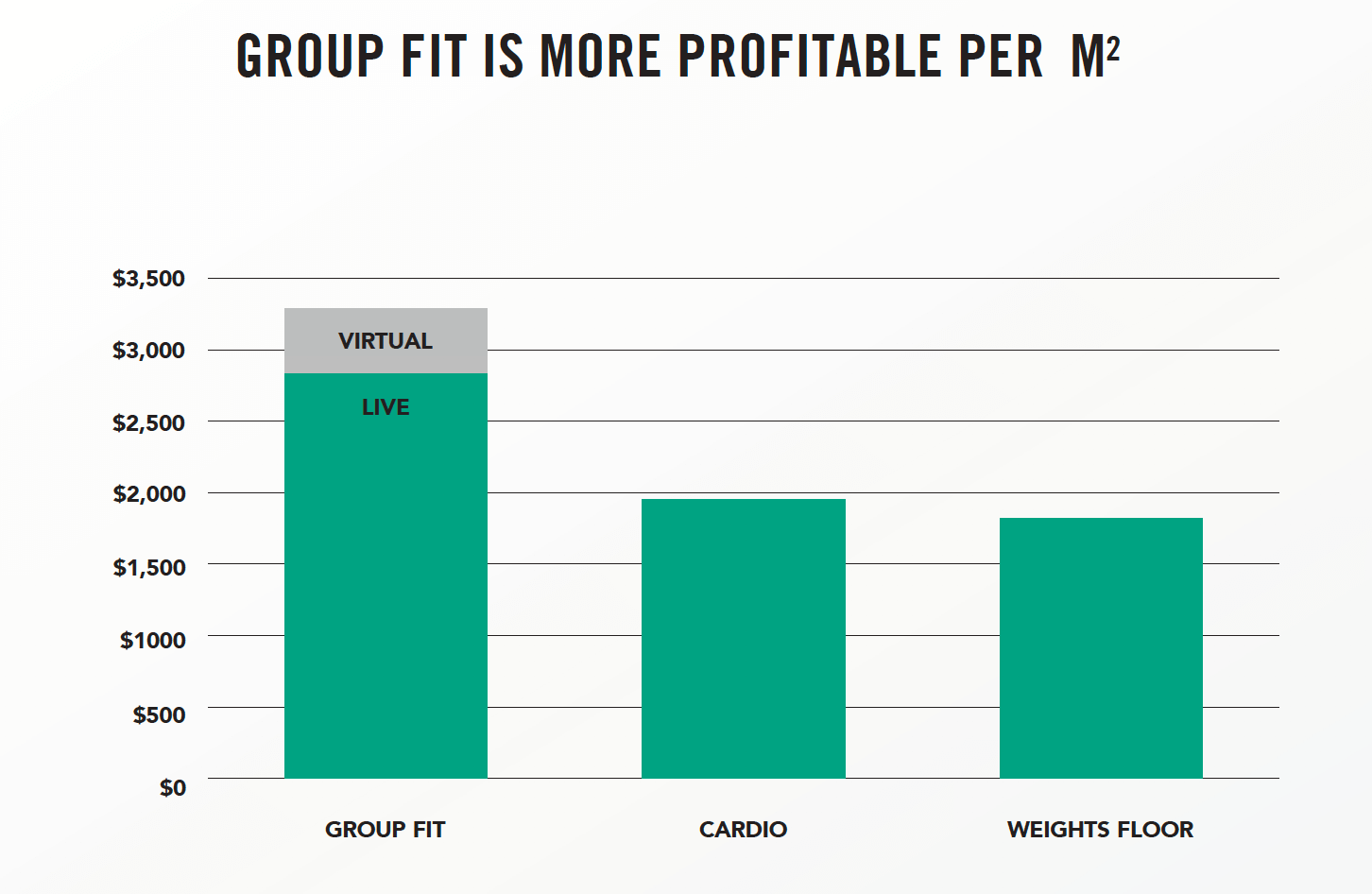
“Then it’s about choosing the right lighting, flooring, and acoustics to create a sense of theatre. But without a killer sound system and a Rockstar Instructor who knows what they’re doing, you can have the best studio in the world and it still won’t sizzle.
“Equipment is another important factor that gets overlooked. Your storage solution needs to look great, optimize the space and make it easy to reach the equipment. We actually like putting the storage by the doors, so you can grab your gear on the way in and put it back as you leave, without disrupting the rest of the class.”
Optimize for the prize
With space at a premium, every square foot counts, so making sure you squeeze as much use as possible from your studio is a key design consideration. It’s not just about aesthetics, but also having flexibility with the size and overall atmosphere, so smart planning at the outset is key.
Savvy design can help your studio cater for early-morning HIIT classes, followed by mid-morning mind-body workouts and afternoon Video On Demand sessions, before seamlessly transitioning back into a high-octane environment for the evening peak.
Jaci Griffin, Manager of Les Mills New Lynn club in New Zealand, recently transformed under-utilized space in her mid-market club into a boutique studio. She suggests carrying out data benchmarking to ensure your studio can support the optimal mix of programming.
“With so many trends and member categories to cater to, it can be really tough to decide how to allocate space in the club,” says Jaci. “One of our key performance indicators is that we aim to be servicing 2.1 active members per square meter in our workout spaces – we use this to inform our decisions on capacity management and investment. We made sure the boutique was a multi-purpose room so we could host a breadth of classes, and this new space has brought a strong boost to both our capacity metrics and our total membership.”
Pedal power
When it comes to designing your cycle studio, there are several key points to consider. Firstly, the flexibility of the cycle studio and the close proximity of bikes makes it the most profitable area of the club per square foot, so it pays to do an outstanding job on the design.
Whether it's nightclub-inspired lighting and design, pumping sound systems, or sexy screens, creating a show-stopping cycle studio is a great way to pull in prospects and persuade them to join.
For Gold's Gym Newburgh and Middletown in New York – two of the largest Gold’s in the US – creating an Immersive cycle studio with giant screens and world-class programming has proved a masterstroke for packing the studio.
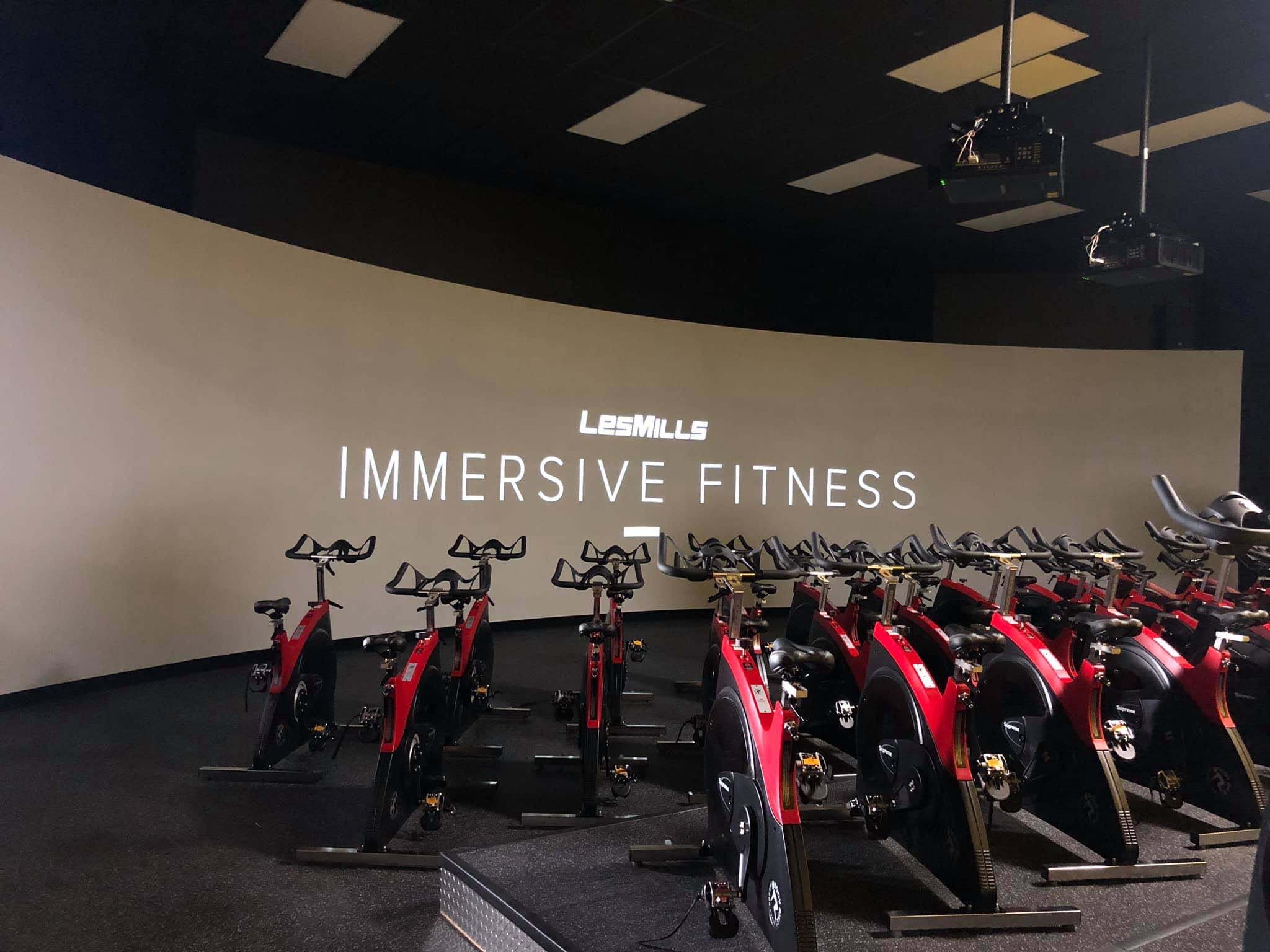
“We’ve embraced Immersive Fitness and the value that THE TRIP™ has brought to our facility has been enormous – our members are raving fans of that program,” says owner and managing partner Don Murphy.
“My advice is go big or go home – you’ve got to be bold with the set-up and fully commit. Gold's Gym Middletown has the biggest TRIP installation in the US, it’s a 56-foot screen with a three-projector system. Anyone who sees it is completely blown away – it’s a real crowd-puller!”
Meanwhile, Brick Bodies was able to increase indoor cycle participation by 50% thanks to a studio redesign and refocusing on nurturing cycle communities.
Inspire members to market for you
“Social media – particularly Instagram – has played a big role in helping to bring fitness to the fore,” says Fabiano. “If you can create a great-looking space to showcase their workout, then members are happy to take snaps, share on social media, and rave about it to their friends.”
Create Instagram-friendly walls that carry your club’s name and help members to tell their followers ‘This is where I’m at. I’m having fun – why don’t you join me?’ Get this right and members become a major cog in your social media machine and will soon do your marketing for you.
“In the clubs I’ve managed over the years, group exercise has been the number one driver of membership sales and a great source of social media referrals,” adds legendary operator Herb Lipsman.
“Let’s face it, people don’t go on Facebook or Instagram to talk about their favorite treadmill or resistance machine, they go on there to rave about the killer class they’ve just done with an awesome Instructor and to share their sweaty victory selfie. It’s a great driver of awareness and exposure for your club and the key to maintaining a healthy pipeline of prospects.”
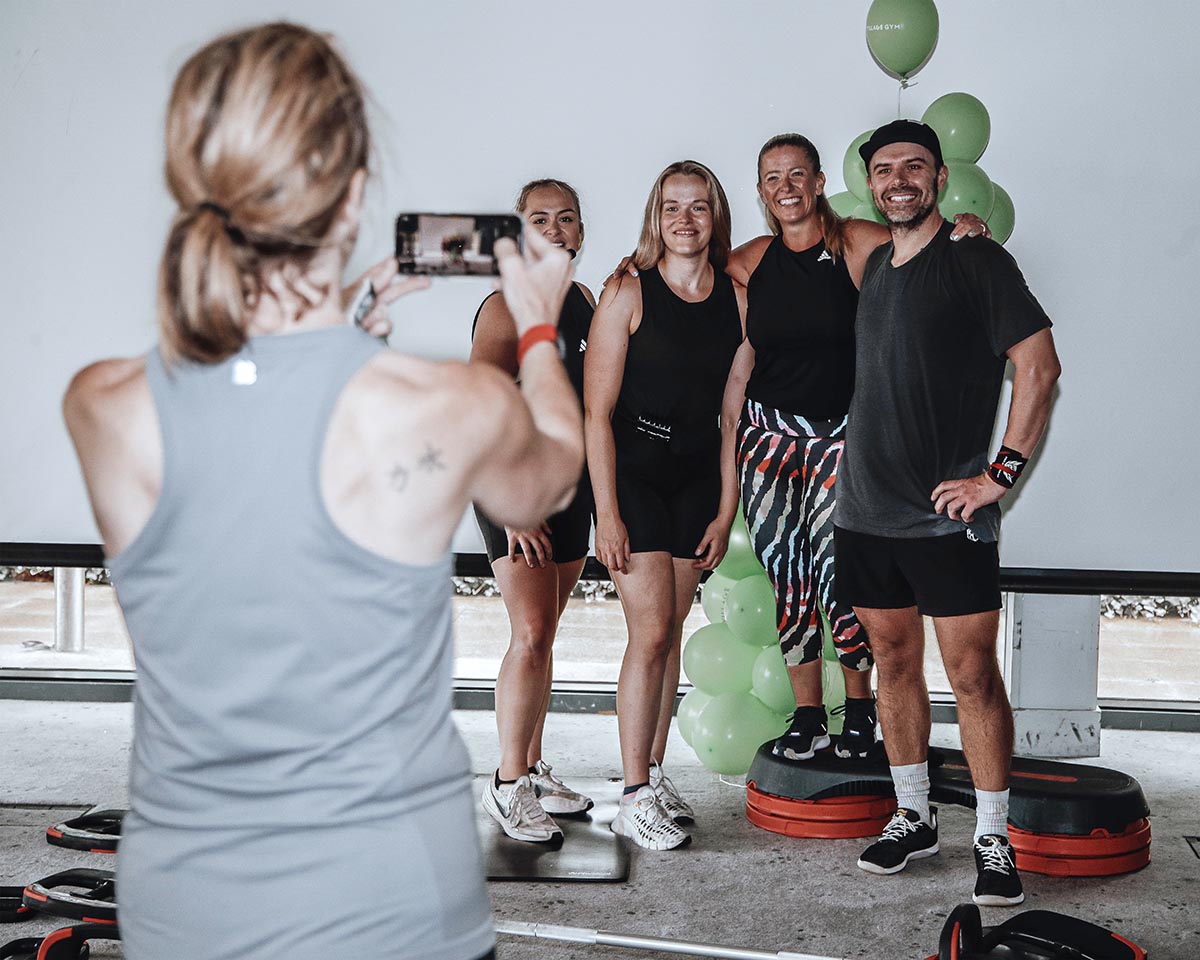
Innovate to excite
In a recent keynote, Phillip Mills highlighted how leading big-box clubs are designing boutique-style studios within their existing facilities to attract younger audiences and negate the threat that nearby boutiques pose to their membership.
Citing the success of Midtown Athletic Club in Chicago, which has already exceeded its pre-pandemic membership and is believed to be the most profitable club in the world, he advocated the importance of investing in new innovations – in terms of both design and programming – to scale club membership.
“After the challenges of recent years, virtually all operators are in the position where they need to grow their membership as quickly as possible, which means doing new things to create excitement and pull people in,” said Phillip Mills.
“During the depths of the global financial crisis, there were still people lining up outside Apple stores to buy the latest iPhone. That’s the level we have to aim for – the latest equipment, exciting new class concepts, boutiques inside our clubs, chic and dynamic décor. Our offerings must be compelling enough to motivate people, whatever’s going on in the world.”
Don’t put style over substance
“For all that we’ve spoken about the importance of design to the member experience, I’m not going to short-change the importance of having a great team and great programming,” notes Fabiano.
“That’s the heart and soul of the fitness space. Design is the backup that makes all those things look good. We make all those things feel right. We make people feel at ease and comfortable to take that next step in going from a gentle yoga class to a more intense workout like BODYPUMP™.
“That said, design can have a huge impact on shifting perceptions and changing the way people feel when they’re in a space. Programming doesn’t live alone and design is critically important to elevate that experience and make it more than just a workout.”
READY TO UNLEASH YOUR NEXT GENERATION OF MEMBERS?
Les Mills has crafted a new series of programs to meet the specific demands of Gen Z and put your club in the fast lane for growth.
DISCOVER MORE
